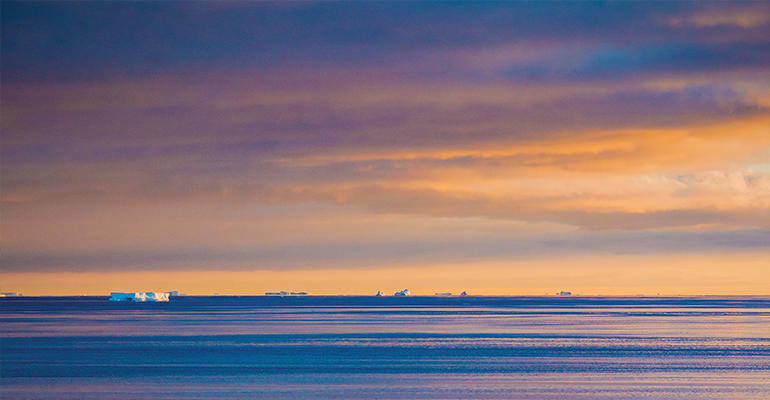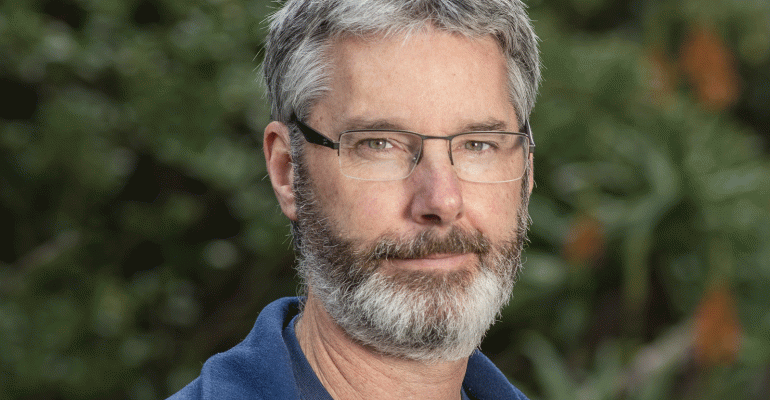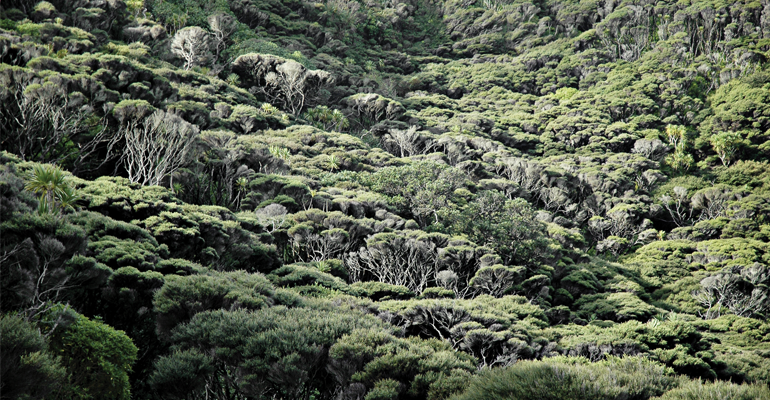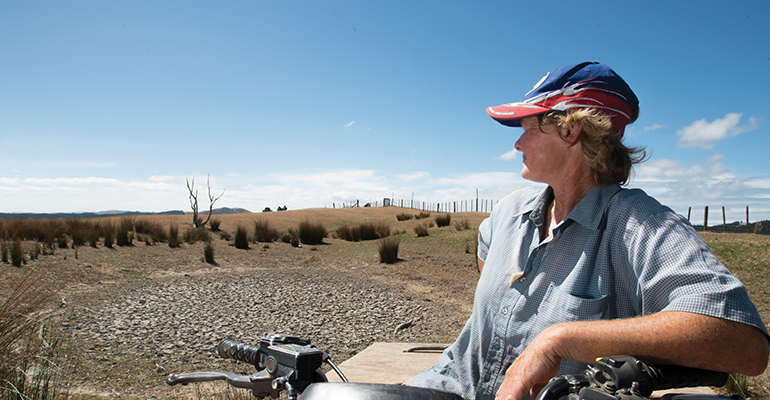Snow is the perfect place to store water over winter before nature releases it over spring and summer, in time for the irrigation season. The seasonal snow storage acts as an uncontrolled reservoir with the natural release of water into streams aligning well with the needs of growing plants.
There are many places throughout the South Island of New Zealand where snow melt is thought to be a significant contributor to stream flows that feed into irrigation systems. Central Otago is the obvious, stand-out region, with the Manuherikia schemes being classic examples that rely on the snow reservoir to support their human-made reservoirs. Areas outside of Otago also need the snow. For example, in South Canterbury the Opuha Water Ltd scheme keeps a very close eye on snow in the Two Thumb range, to plan each season’s water management. Of course, as well as many of these large schemes, a myriad of irrigation water takes operate from streams that are snow-melt fed. And on a completely different scale, the big alpine rivers of the South Island are all influenced to a greater or lesser degree by snow melt.
The magnitude of the “snow melt effect” – the delayed release of water stored as snow – varies considerably from place to place, and most irrigators and water managers have a view on its importance to their own operation. There are two things people are in agreement of: 1) the amount of snow stored in the mountain reservoirs varies considerably from year to year, and 2) the amount of snow is probably reducing over the long term, as the climate gets warmer.
In recognition of the need to better understand the annual variation, and long-term change, the Deep South Challenge has funded a group of people from an array of agencies to improve our ability to quantify New Zealand’s frozen reservoirs, and to assess how snow will fare into the future. The project is called “Snow, ice and glaciers in our changing climate: The impact of climate change on New Zealand’s frozen water resources”, known more affectionately among the team as the Icey Project.
Past consideration of climate change has found that the seasonal snow reservoirs will reduce in size and will release their water earlier than traditionally experienced. This is a double blow for irrigators. Less water, made available too early. In catchments with large glaciers upstream, there may be a temporary increase in runoff during spring and summer due increased glacier melt. However, increased glacier melt over some decades will eventually reduce the size of the glaciers and summer runoff will decrease.
Of course, with timely warning, these effects may be offset with changes in management systems, crop types, and irrigation infrastructure. But change is stressful, and often expensive, so clarity on the magnitude and timing of the changes to the frozen reservoirs is imperative to plan the required changes appropriately. Limiting the uncertainty in knowledge of the future snow reservoir is exactly what the Icey Project has been tasked to do. By the end of the project (June 2019), Icey will have made a new assessment of how the snow and ice reservoirs throughout New Zealand are likely to change between now and the end of the century.
Nevertheless, some challenges will remain and certain questions will be unanswered. For example, we still don’t know the extent to which our snow is redistributed by wind and avalanches, or at what rate our glaciers are melting when they’re blanketed in a thick surface debris cover. In subsequent work, we hope to further develop the science and integrate this new knowledge into national-scale hydrological assessments. Ultimately, this will provide a sound basis for irrigators to determine the best approach to plan for the future, and reduce the stress both on water managers, and on their crops.
A likely spin-off for irrigators is that the Icey Project may enable measurement-driven computer simulations to provide regular and up-to-the-minute assessments of how much water is ready, poised to flow into their systems. Similar assessments have been applied to the hydro-electricity industry since 1995, after prompting by the 1992 energy crisis, and more recently, to the Opuha catchment in South Canterbury.
Photo credit: Brewster Glacier during summer, which is located near Haast Pass in the Southern Alps (Chris Garden).
This article was originally written for the Spring 2018 edition of the Irrigation NZ magazine. The full article looks at a range of climate impacts on the irrigation sector.
This article was written jointly by Tim Kerr (Aqualinc Research); Andrew Mackintosh, Ruzica Dadic, Huw Horgan, Brian Anderson (Victoria University of Wellington); Nicolas Cullen, Pascal Sirguey (University of Otago); Jono Conway (Bodeker Scientific); Heather Purdie (University of Canterbury); and Christian Zammit (NIWA).






